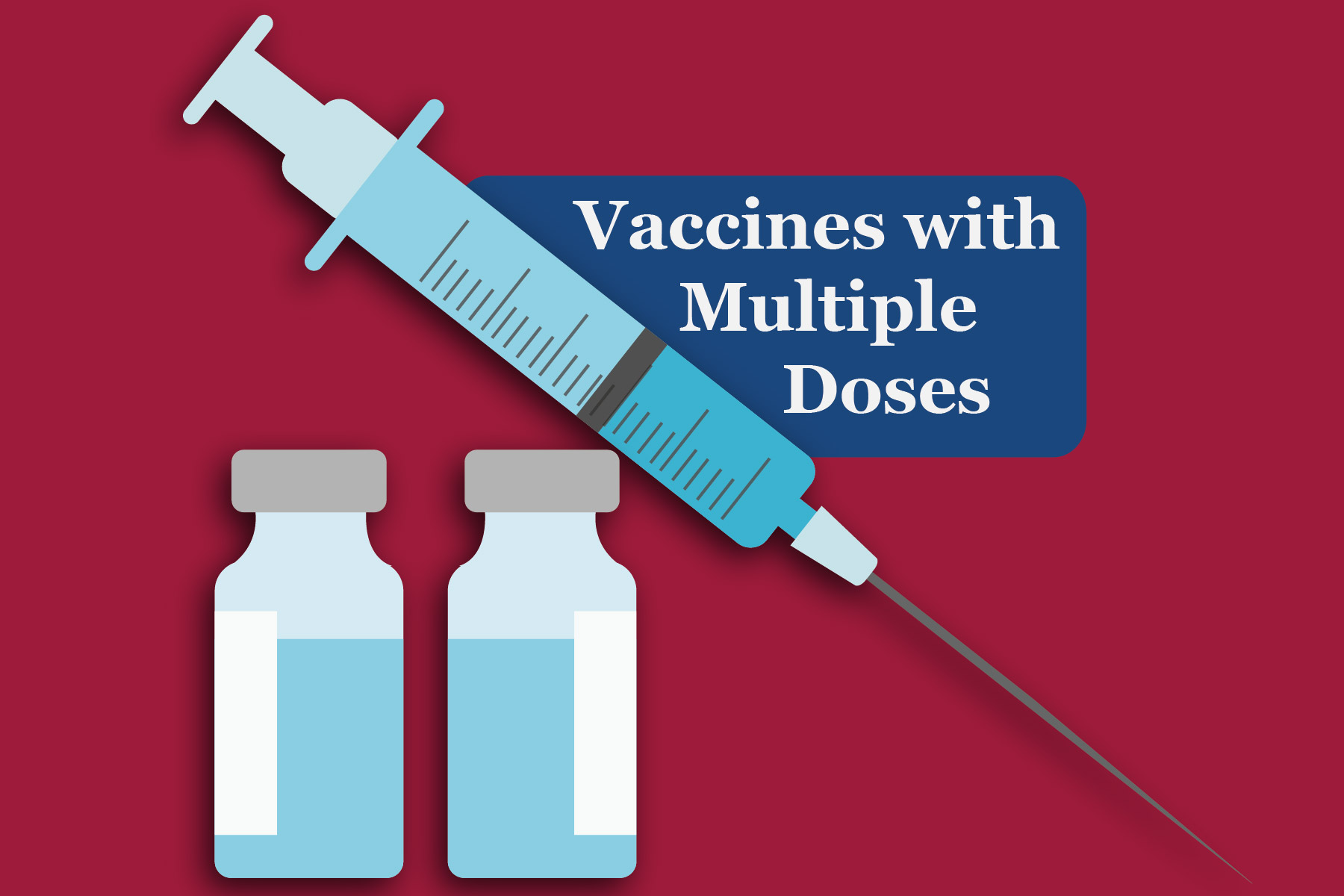COVID-19 vaccines have now been approved for a few weeks, and nearly 2 million people in the United States have received their first dose of the vaccine.1 This is excellent news, but you may be wondering what the next step is. Both COVID-19 vaccines that are approved right now require multiple doses – which means that for them to be truly effective, everyone that has received their first dose needs to go back for their second dose as well. This is not the first vaccine with multiple doses, some examples include the HPV vaccine and the MMR vaccine. With both of these vaccines, ensuring completion of the vaccine series has been an ongoing problem. A study done in 2016 stated that of the people that did not complete the full series of HPV vaccines, 89% of them declared their reasoning was not being reminded that they needed a second dose.2
With regards to the COVID-19 vaccines, the CDC required all states to submit a plan for their vaccine distribution, including initial distribution and ensuring that the second dose is received. This was the first step in making sure that the second dose is received by all. The most common plan amongst the states included setting up an appointment for the second dose at the time of the first dose and making use of the extensive network of healthcare resources to call, text, or email people when they are due for their second dose. The hope is that just having this reminder will increase the percentage of people who get the second dose.
Another measure being taken includes vaccine cards, which the patient will receive when getting their first dose. These cards will remind them when their first dose was administered, which vaccine they received, and when they should receive their second dose. This is both a strategy for helping the patient remember when they need their second dose, and it helps ensure that the patient receives the correct second dose.3 For example, if a patient received the Pfizer vaccine for the first dose, they should also be receiving the Pfizer vaccine for the second dose.
Overall, it can be tough to ensure people receive the second dose of any vaccine, but in the case of the COVID-19 pandemic, luckily a lot of thought and effort is being put into this by the CDC, FDA, healthcare providers, and many private organizations. If your company is working on any sort of vaccine, whether a single dose or a multi-dose, and you want to be sure that you are FDA staying compliant, reach out to EMMA International and our regulatory experts will be happy to help! Contact us at 248-987-4497 or info@emmainternational.com for additional information.
1CDC. (2020 December 26). COVID-19 Vaccinations in the United States. CDC COVID Data Tracker. Retrieved December 28, 2020, from https://covid.cdc.gov/covid-data-tracker/#vaccinations
2Perkins, R. B., Chigurupati, N. L., Apte, G., Vercruysse, J., Wall-Haas, C., Rosenquist, A., Lee, L., Clark, J. A., & Pierre-Joseph, N. (2016). Why don’t adolescents finish the HPV vaccine series? A qualitative study of parents and providers. Human vaccines & immunotherapeutics, 12(6), 1528–1535. https://doi.org/10.1080/21645515.2015.1118594
3npr. (2020 December 3) Vaccine Cards and Second-Dose Reminders Are Part of Warp Speed’s Immunization Plan. The Coronavirus Crisis. Retrieved December 28, 2020, from https://www.npr.org/2020/12/03/942294593/vaccine-cards-and-second-dose-reminders-are-part-of-warp-speeds-immunization-pla





